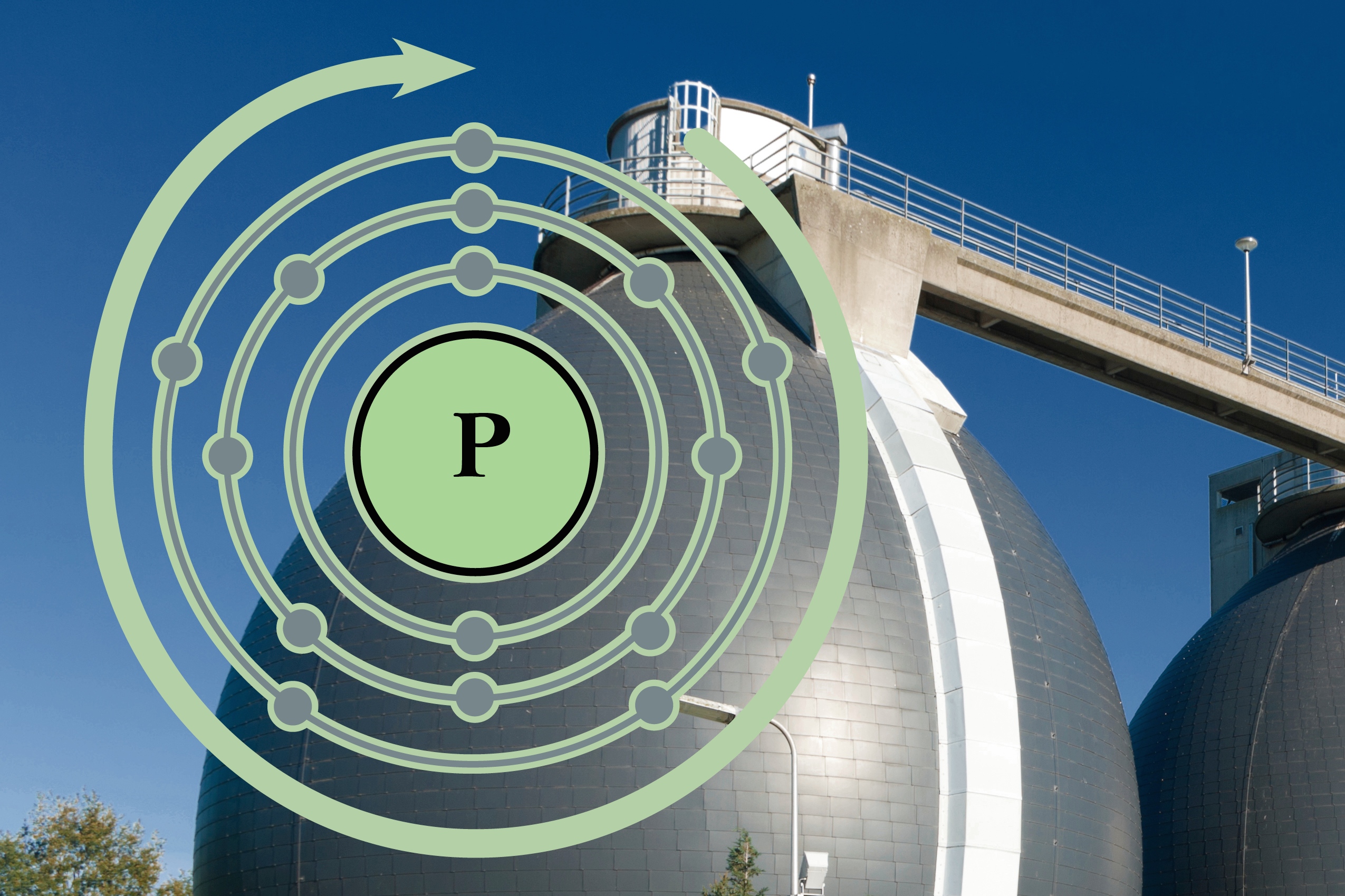Celebrating the 350th Anniversary of Phosphorus’ Discovery!
Did you ever wonder why your home and garden fertilizer has specific ratios of nutrients? Well, the story goes back even further – to the discovery of those elements! Phosphorus is one of the main “ingredients” for healthy plant growth. This year, 2019, is the 350th anniversary of the discovery of the element phosphorus, so the Soil Science Society of America (SSSA) and the American Society of Agronomy (ASA) are celebrating Phosphorus Week. We’ll have guest bloggers on Soils Matter this week, covering various topics. This third blog covers the sources of phosphorus that we depend on for growing most of our food.
———-
Can you live without eating? No, of course not! Neither can plants. All forms of life, including humans and the plants that form the foundation of our food system, need nutrients, such as phosphorus, to live. As humans, we get our phosphorus from the food that we eat. Where do plants get their phosphorus, so they can grow well and eventually feed us?

Plants get phosphorus from the soil. Farmers add phosphorus to soil, usually in the form of synthetic fertilizer or livestock manure, to replace what is removed when the plants grow and are harvested for human food or animal feed.
Historical sources of phosphorus
Bones
Even though they did not know that bones were rich in phosphorus, farmers in places such as China and Wales recognized the benefits of using bones as a source of fertilizer many centuries ago. By the 1700s and 1800s, countries such as England recognized the fertility value of bones. They began to import human and other animal bones on a large scale from around the world. However, after the sources of these bones were depleted, the bone business failed to persist as a major source of phosphorus for food production.
Guano
Another important but short-lived source of phosphorus fertilizer for Europe and North America in the mid-1800s was guano. Yes, bird poop! This solidified excreta from sea birds accumulates on islands or in coastal areas where the climate is very dry. This was not a new practice; indigenous civilizations in South America used guano as a fertilizer over 2000 years ago. However, the scale of guano extraction expanded substantially in the 1800s. Eventually guano also failed to be a sustainable source of phosphorus fertilizer.
Current sources of phosphorus
Recycled phosphorus from digested feed and food
Currently, a large portion of the phosphorus that’s fed to livestock or poultry is recycled back into the food system in the form of manure. Researchers are also looking for other ways to retrieve and reuse phosphorus from dairy farms. However, very little phosphorus is recycled after human consumption. Instead, most of the phosphorus that’s used for human food production comes from rock phosphate.
Rock Phosphate
Solid rock phosphate isn’t itself a good fertilizer. The rocks contain a form of calcium phosphate in which the calcium and phosphorus bind tightly, making it difficult for rock phosphate to dissolve in soil. This means that plants can’t easily take up that phosphorus to improve their health and growth.

In the mid-1800s, chemists discovered that rock phosphate could be turned into an effective fertilizer. The process involves treating rock phosphate with a strong acid. This can form a water-soluble, highly effective, synthetic fertilizer. This discovery opened up the opportunity for using this much larger and cheaper source of phosphorus to make agricultural fertilizer.
Unfortunately, the amount of rock phosphate that’s suitable for mining is limited – making this source of phosphorus unsustainable for the long term. In addition, because synthetic phosphorus fertilizers are designed to be water-soluble, phosphorus can more easily move from agricultural land into our water supplies. Sustainable phosphorus fertilizer management will help us protect our environment while growing enough food to feed the world.
The future of phosphorus – reduce losses, recover and recycle!
How can we maintain the phosphorus fertility of our soil and the productivity of our food system in a more sustainable manner?
Sustainable phosphorus management practices can help reduce phosphorus losses from farms. For example, this involves applying the “4 Rs” of nutrient stewardship: Right Rate, Right Form, Right Placement and Right Timing to the application of fertilizers and livestock manures.

In addition, we must do more to recover phosphorus from wastewater and food waste and recycle it back into the food production system. For example, one type of phosphorus fertilizer that’s manufactured from wastewater is struvite, the same mineral that forms kidney stones. This type of fertilizer can help reconnect the phosphorus cycle and reduce our dependence on non-renewable sources of P such as rock phosphate.
These are substantial challenges that will require all of us, food producers and food consumers, to work together. However, the benefits are also large. We can improve long-term food security and reduce water quality and environmental problems, too.
By Don Flaten, University of Manitoba
Read the other blogs in our phosphorus series!
The discovery and general uses of phosphorus
Why is phosphorus needed on farms?
What are the challenges regarding phosphorus use?
Ten things we all can do to manage phosphorus better
To receive notices about future blogs, be sure to subscribe to Soils Matter by clicking on the Follow button on the upper right! Explore more on our webpage About Soils. There you will find more information about Soil Basics, Community Gardens, Green Infrastructure, Green Roofs, Soil Contaminants, materials for Teachers and more.

Fantastic information helped me understand more about phosphorus. And with my studies
Best explanation I have read thus far. Thanks for making it easy to understand.